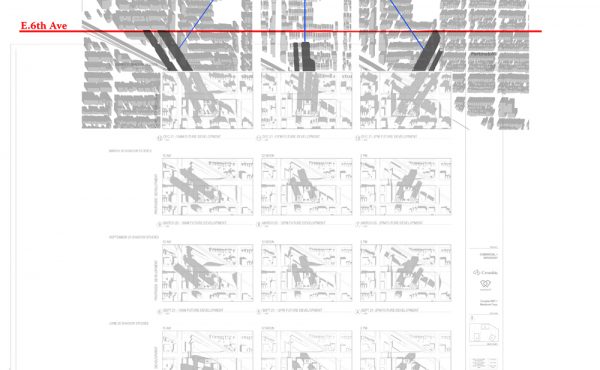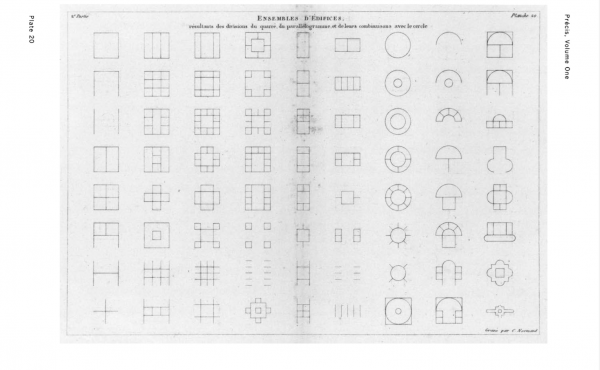
Once upon a time in Vancouver, it was common to stroll to a nearby street corner to pick up some groceries, candy, or even some compressed gas for fuel.
In fact, today there are only a few such shops tucked into single-family neighbourhoods. Places like the Mighty Oak in Riley Park, Le Marché St. George in Mountainview, or the beloved Benny’s Market in Strathcona, now in its 102nd year of business.
They’re delightful anomalies in the urban landscape, but why? Well, because such a thing became technically illegal in the late 1920s.
For almost a century, the city didn’t approve such shops under its zoning bylaws, because they “hurt the appearance of a good many residence streets”—a classic NIMBY response that called for more lawns instead.
Vancouver non-profit Urbanarium and urban video whiz Uytae Lee have teamed up again to investigate the undeserved vitriol. Who wouldn’t want a pick up a carton of milk (or perhaps even some weed) from the shop around the corner?
You might remember the team’s video on the “missing middle,” which explains why our region has so many houses and towers but lacks in the low- and mid-rise department.
This time, they’re answering why there isn’t more “mixing middle” — commercial use welcomed into residential neighbourhoods.
Check it out here:
Having more mixing middle isn’t just about making a neighbourhood livelier, though the video does a great job of showing the enduring role of shophouses as local gathering places.
It’s also about people’s livelihoods, and Lee takes us through a tour of the suburbs where immigrants have set up spas and salons at home.
“If so many people are breaking the rules, are they wrong? Or is it the rules that are wrong?” Lee asks.
…
Christopher Cheung is a reporter at The Tyee, where this story originally appeared on October 19, 2021.



